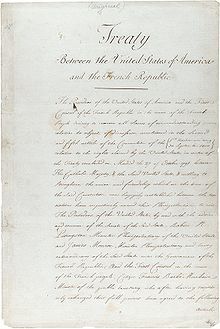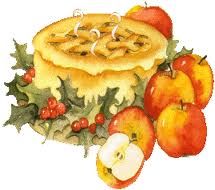 Welcome to the Health and Fitness NewsWelcome to the Stars Hollow Health and Fitness News weekly diary. It will publish on Saturday afternoon and be open for discussion about health related issues including diet, exercise, health and health care issues, as well as, tips on what you can do when there is a medical emergency. Also an opportunity to share and exchange your favorite healthy recipes.
Welcome to the Health and Fitness NewsWelcome to the Stars Hollow Health and Fitness News weekly diary. It will publish on Saturday afternoon and be open for discussion about health related issues including diet, exercise, health and health care issues, as well as, tips on what you can do when there is a medical emergency. Also an opportunity to share and exchange your favorite healthy recipes.
Questions are encouraged and I will answer to the best of my ability. If I can’t, I will try to steer you in the right direction. Naturally, I cannot give individual medical advice for personal health issues. I can give you information about medical conditions and the current treatments available.
You can now find past Health and Fitness News diaries here and on the right hand side of the Front Page.
Follow us on Twitter @StarsHollowGzt

I have never been a gravy fan, but I am a fan of what I call “Mushroom Ragoût Gravy,” which is not a gravy at all but a mushroom ragoût, or stew. I always make too much. I double the recipe if we are going to be a dozen people, which we usually are during holiday gatherings, even though I know that nobody will have enough room on their plates for more than a spoonful. [..]
The recipe makes quite a lot of ragoût, but you won’t mind having it around. It keeps for three or four days in the refrigerator and freezes well, and the leftovers can be used to make omelets, strudels and more.
Martha Rose Shulman
This versatile dish can be used as the base for a number of other recipes or enjoyed on its own.
A simple omelet with a delicious filling.
Once the ragoût is made, this tart can be assembled quickly.
Mushroom and Wild Rice Strudel
Wild rice adds great texture to the “meaty” mushroom filling.
Quesadilla With Mushroom Ragoût and Chipotles
Mushroom ragoût forms the basis for delicious quesadillas that can be assembled in no time.


 The shortest day, the longest night, for those of us who reside in the Northern climes
The shortest day, the longest night, for those of us who reside in the Northern climes  In April 1803, the United States purchased from France the 828,000 square miles that had formerly been French Louisiana. The area was divided into two territories: the northern half was Louisiana Territory, the largely unsettled (though home to many Indians) frontier section that was later explored by Lewis and Clark; and the southern Orleans Territory, which was populated by Europeans.
In April 1803, the United States purchased from France the 828,000 square miles that had formerly been French Louisiana. The area was divided into two territories: the northern half was Louisiana Territory, the largely unsettled (though home to many Indians) frontier section that was later explored by Lewis and Clark; and the southern Orleans Territory, which was populated by Europeans.
 Mince pie is a old holiday tradition that can be traced back to 13th century when European crusaders returned from the Middle East with recipes for meats, fruits and spices. Mincing was a way of preserving meats without salting or smoking. The pie has been served at royal tables and, at one time, was banned by the Puritans since it was a symbol of the Pagan Christmas celebration.
Mince pie is a old holiday tradition that can be traced back to 13th century when European crusaders returned from the Middle East with recipes for meats, fruits and spices. Mincing was a way of preserving meats without salting or smoking. The pie has been served at royal tables and, at one time, was banned by the Puritans since it was a symbol of the Pagan Christmas celebration. My daughter is the bread baker but Sugarplum Bread is the one I enjoy making, too. This sweet bread studded with candied fruit is not as heavy as fruit cake. It is topped with a white icing glaze and decorated with red and green cherries to look like clusters of berries. It is a treat for breakfast or in the afternoon with tea. I make small ones baked in large muffin tins, decorated and wrapped in colored plastic wrap tied with ribbon as gifts for guests.
My daughter is the bread baker but Sugarplum Bread is the one I enjoy making, too. This sweet bread studded with candied fruit is not as heavy as fruit cake. It is topped with a white icing glaze and decorated with red and green cherries to look like clusters of berries. It is a treat for breakfast or in the afternoon with tea. I make small ones baked in large muffin tins, decorated and wrapped in colored plastic wrap tied with ribbon as gifts for guests.
Recent Comments